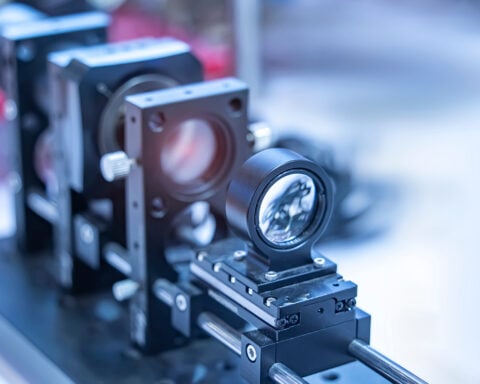In a groundbreaking development, scientists have unveiled a new type of concrete that has the remarkable ability to combat air pollution.
This innovative material, activated by sunlight, could play a vital role in improving air quality in congested areas and even within car tunnels, where toxic fumes often pose a severe threat.
With its potential to revolutionize the construction industry and mitigate pollution, this light-activated concrete holds the promise of a brighter and cleaner future.
Tackling Toxic Tunnels and Beyond
Car tunnels have long been notorious for their thick and toxic air, often being up to 1,000 times more polluted than the surrounding environment due to exhaust emissions.
The Korea Institute of Civil Engineering and Building Technology (KICT) has now developed a solution that could address this issue and extend its benefits to the wider atmosphere.
The KICT team has created a photocatalytic concrete with an external layer made of titanium dioxide (TiO2), which reacts with sunlight to generate reactive oxygen species (ROS).
Breaking Down Pollutants, Preserving Strength
While the inclusion of TiO2 has been the focal point of research, the KICT team faced the challenge of maintaining the concrete’s structural integrity. Initial attempts to mix TiO2 directly into the concrete compromised its strength.
However, they discovered that spraying the TiO2 solution onto the standard concrete created a layer that effectively interacted with pollutants while preserving the material’s strength and porosity. This breakthrough discovery opened the door to harnessing the concrete’s pollution-fighting potential without sacrificing its durability.
Promising Test Results
To gauge the efficacy of their creation, the researchers conducted a test in an enclosed tunnel. Artificial lights were used to activate the TiO2 layer, and after 24 hours, the team observed a remarkable 18% reduction in nitrogen oxide levels within the tunnel. The nitrogen oxides were transformed into a harmless salt compound that was found at the base of the tunnel’s wall and easily washed away.
Although rain could naturally facilitate the maintenance process, the researchers manually removed the residue during the trial. These encouraging results lay the foundation for further optimizing the concrete’s efficiency and viability for widespread use.
Towards a Cleaner Future
With the environmental challenges faced by cities like New York and other major urban centers worldwide, the development of such pollution-reducing concrete comes at a crucial time.
If successfully introduced to the market, this innovative material has the potential to significantly improve air quality, benefitting both human health and the environment. Its low maintenance requirements, coupled with its proven ability to combat pollution, make it an attractive option for various construction projects aimed at reducing emissions and creating sustainable infrastructure.
Unlocking the Potential
The KICT team is determined to enhance the efficiency of their light-activated concrete, paving the way for its integration into mainstream construction practices. As the technology advances, the material could find its way into tunnels, highways, and densely populated areas, playing a pivotal role in curbing air pollution.
Additionally, widespread adoption of this concrete could have a profound impact on reducing greenhouse gas emissions and addressing the pressing issue of climate change.
As researchers continue to refine this technology, we may soon witness the widespread adoption of light-activated concrete, propelling us toward a more sustainable and environmentally conscious future.







